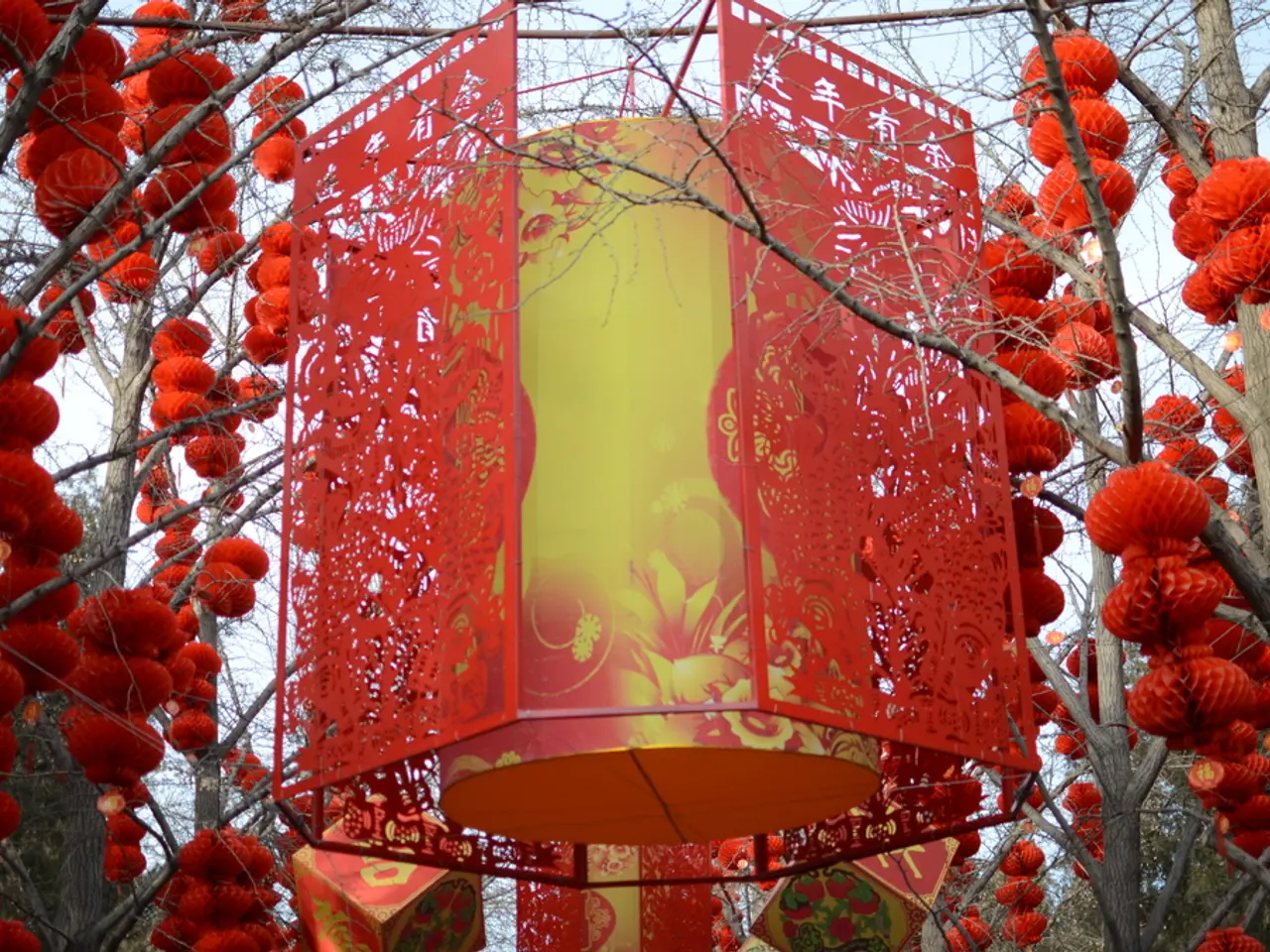Ancient Penjing Artistry: A Precursor to Bonsai's Visual Splendor
In the realm of horticultural art, Chinese Penjing stands as a testament to the intrinsic balance found in the natural world. This ancient practice, dating back over two millennia, has evolved to create miniature landscapes that capture the essence of nature, reflecting a deep connection between humans and their environment.
Originated during the Tang Dynasty (618–907 CE), Penjing flourished as an elite art form, with its philosophical roots deeply entrenched in Taoism. The art form embodies Taoist ideals of harmony and natural balance, portraying the ideal of balance, impermanence, and the natural order. As time progressed, Penjing's principles were further influenced by Buddhist and Confucian thoughts, shaping aesthetic choices and symbolic meanings.
The art of Penjing is not merely a horticultural practice but a profound philosophical expression. It involves creating miniature landscapes with trees, rocks, and other natural elements in shallow containers, meticulously arranged to evoke serenity and contemplation.
Historically, Penjing's influence extended to Japan, where it was adapted into what is now known as bonsai. Bonsai, simplified to focus primarily on single trees rather than entire landscapes, developed under Zen Buddhism's influence, favouring the beauty of imperfection and simplicity. While Penjing often shows dramatic, naturalistic landscapes, bonsai tends to highlight minimalism and the inner spirit of the tree itself.
Elements such as rocks, stones, moss, and foliage play crucial roles in Penjing compositions, serving as visual anchors, creating depth, and enhancing harmony. Crafting a Penjing composition requires patience, dedication, and attention to detail, with timeframes varying from weeks to years.
Today, efforts are being made to preserve Chinese Penjing, focusing on documentation, conservation, community engagement, innovation, and adaptation. Modern adaptations may incorporate artificial or synthetic elements, offering creative freedom and versatility, yet potentially compromising the art form's essence and connection to nature's authenticity.
In summary, the lineage between Chinese Penjing and Japanese bonsai reveals a rich historical and cultural connection, with both arts encapsulating humanity's enduring dialogue with nature. The philosophical and aesthetic foundations of Penjing serve as the bedrock for bonsai's development and global appreciation.
Engaging in home-and-garden activities could lead one to discover the art of Penjing or bonsai, two practices deeply rooted in Eastern philosophies that revolve around life and lifestyle. Developing a Penjing landscape in a shallow container at home can provide a means to express serenity, contemplation, and a profound connection with nature.




